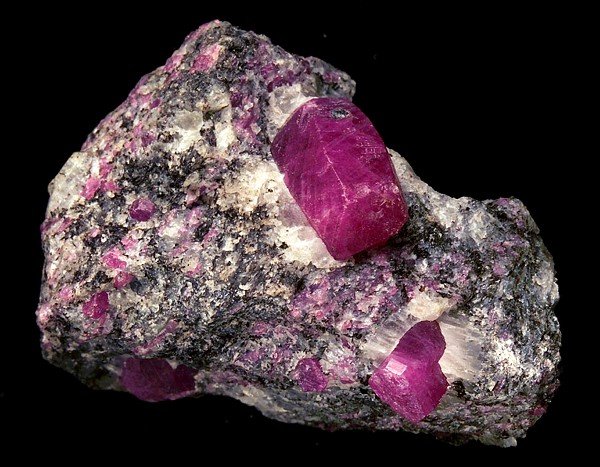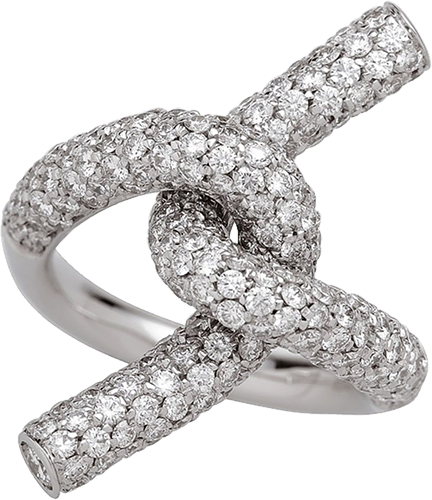Menu

5 March 2017
Everyone knows jewellery by their most general aspect: diamonds, rubies, sapphires, emeralds, just to name a few of the most popular gemstones.
However, not many people know about the more technical aspect of these beautiful minerals.
The Red Ruby and Blue Sapphire are two types of Corundums.
Sapphires are not only blue, but come in a myriad of different colours. It would be more correct to distinguish them by the name of “yellow corundum, green corundum, etc.”
Corundum has a hardness of 9 on the Mohs Scale, second only to the diamond, which is actually 140 times harder than a sapphire.
Given the remarkable hardness, Corundums are mainly mined from alluvial deposits.
It was only around 1800 that the ruby and sapphire were discovered to belong to the same Corundum family.
The specific element that gives the ruby its rich red colour is chromium, while the brownish hues come from iron.
The colour is sometimes linked to the stone’s place of origin. Hence, definitions like “Burmese Ruby” or “Siamese Ruby” which identify a characteristic colour.
The finest and most precious shade of ruby is “pigeon blood red” which once decorated the clothes and weapons of Indian Maharajas and Princes. In fact, Indian tradition considered the Ruby to be the “Gem of the Sun” due to the blazing fire burning inside it.
According to Ayurveda (ancient natural and holistic Indian medicine), the Ruby speeds up the metabolism, combats impotence and is an excellent cure for haemorrhages. When immersed in a warm bath, the ruby is said to reinvigorate the mind and body.
For Western culture instead, Ruby red is the colour of blood, and therefore of life and happiness, so much so that even the slightest change in tone was considered a bad omen.
During the Middle Ages it was thought that the Ruby had magical powers; it was the fiery eye of snakes and sea dragons.
The Ruby has frequent inclusions that do not decrease its quality, but rather are the natural origin of the gem and at times the type of inclusion indicates the mine where the gem originates.
The most important deposits are those of Burma, near Mogok, also mentioned in Marco Polo’s book “The Travels of Marco Polo,” and of Thailand, Sri Lanka and Tanzania.
Today, we can still admire rubies of outstanding beauty and quality around the world. The Edward Ruby (167 carat) is found in the British Museum of Natural History in London. The 138.7-carat Rosser Reeves Ruby is in the Smithsonian Institution of Washington and a 250-carat irregular Ruby decorates the crown of St. Wenceslas, the Kind of Bohemia.
The fire that burns inside this magical gem never stops burning, not even with the passing of the centuries .

